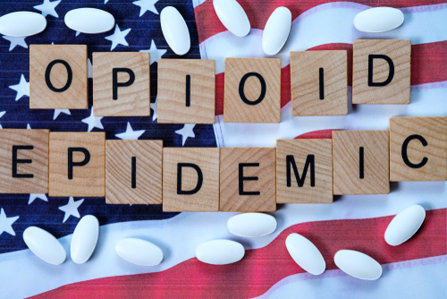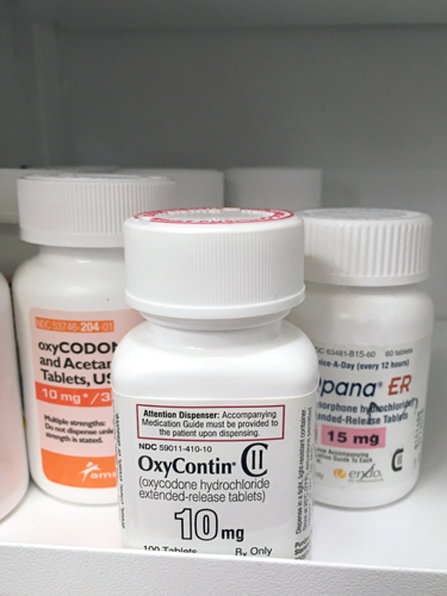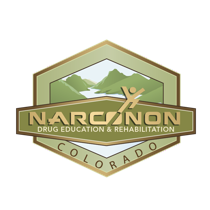The Corporate Greed That Incited The Opioid Epidemic
How OxyContin Became a Commercial Success & Created a Social Disaster

In 1996 a drug was released that would change the world; by 2001 it became the best selling narcotic painkiller in the country. Twenty-two years later we are now experiencing the worst drug crisis this country has ever faced. Everyone knows at least one person who has felt the consequences of this story either on a personal or second-hand level. So who is behind this epidemic and how did it get so out of control?
Purdue Pharma is the maker of OxyContin; the drug that fueled the abundance of opioid addiction in The United States. They claimed the potential risk for addiction to Oxycontin was extremely low and that in their studies less than 1% of Oxycontin users became addicted. The reasoning behind their claim that such potent narcotics were non-addictive was the time released coating placed on OxyContin pills. This coating was used as a way to lull doctors into a false sense of security that the high strength painkiller was safe and had a low risk for abuse.

It did not take people long to figure out that crushing the pills or running them under water could bypass the coating in order to produce an extremely powerful and nearly instantaneous high. Testing done by Purdue Pharma in 1995 had already shown this flaw in the time release coating prior to the drug ever being released. Regardless OxyContin was still mislabeled by Purdue Pharma as having only a small potential for abuse or addiction and approved for sale by the Food and Drug Administration (FDA). Investigations have shown that after monitoring online chat rooms Purdue Pharma knew that the news of this flaw was spreading years before anything was done in an attempt to address the issue.
In 1996 sales for OxyContin were at $48 million, by 2000 they had increased to $1.1 billion. At the time the FDA had limited oversight on marketing and promotion of pharmaceutical drugs. Most advertisements for drugs were only reviewed after they had already been released and circulated to the public.
Purdue Pharma not only changed the face of the nation but also the face of pharmaceutical marketing. Unprecedented promotional tactics for a schedule II opioid were used to increase sales. Hats, toys, CDs etc. were handed out to doctors in order to increase brand awareness. Research has shown that the pharmaceutical company knowingly and strategically targeted their marketing towards doctors who had the highest rates of prescribing pain medication.
In 2001 the company spent $200million on the marketing and promotion of OxyContin. Over the course of five years, Purdue Pharma hosted over forty national “pain management training conferences” across the country. These conferences often provided all-expense-paid trips for medical doctors at luxury resorts to hear about the “wonders” of OxyContin.
Approximately 34,000 coupons for free 7-30 day trials of OxyContin were handed out to doctors and given away to patients all over the country. Why would such a vast amount of prescriptions be given away for free? Perhaps it was done because they knew it would leave people wanting more. Taking a high strength opioid daily for 30 days is long enough to get just about anyone physically addicted to the drug.
Between the years of 1996-2000, Purdue Pharma increased their number of sales representatives from 318 to 671. The company is reported to have paid $40 million in sale incentive bonuses in 2000 as a way to continue encouraging the increase of OxyContin sales. Considering the fact that the United States now consumes approximately 80% of the world’s opioids it is pretty apparent that their strategies worked.
In the past, most high strength opioids were prescribed by doctors who had received special training for the treatment of pain management and whose patients were terminally ill. Between the years of 1997-2002 the amount of non-cancer related OxyContin prescriptions that were written increased from 670,000 to 6.2 million. By 2002 OxyContin accounted for 68% of all Oxycodone sales. At one point the number of OxyContin prescriptions written was so plentiful there were enough that each and every United States’ citizen could have their own month supply.
The reason for expanding the amount of Oxycontin prescriptions was in no way altruistic, it was done with the express intent to increase sales revenue. Without shame or consideration for the well being of the individuals being prescribed these drugs Purdue Pharma’s income skyrocketed.
No one can deny that there are people out there with legitimate pain issues who do not abuse pain medications. On the other hand, it is nearly impossible to refute the claim that the over marketing and false promotion of the highly addictive drug OxyContin has created a culture of addiction that we are all now suffering the consequences of.
There is a war on drugs, but not all drugs, only illicit drugs. If there truly was a war on all drugs then the FDA would not have allowed the explosion of OxyContin prescriptions to get so out of control. So while Purdue Pharma remains a $13 billion company and The Sackler family who owns it is ranked 2016’s 19th wealthiest family in America by Forbes Magazine, the rest of the country is left to pick up the pieces.


